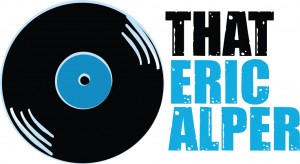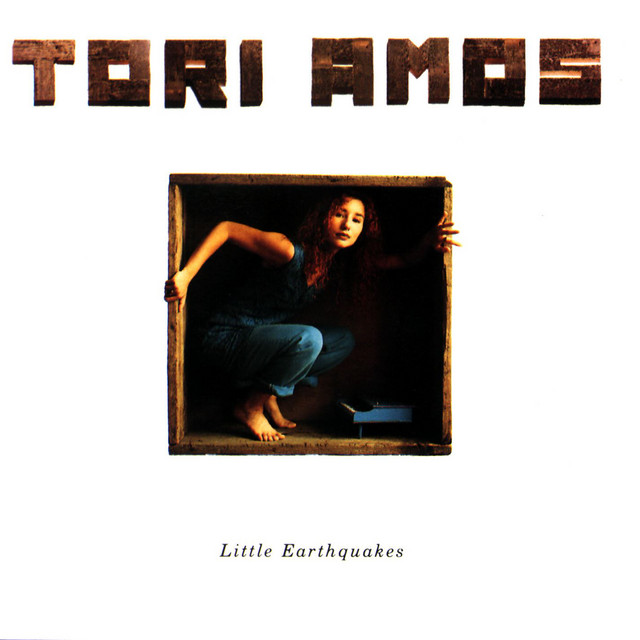Tori Amos broke down a wall with Little Earthquakes. Her 1992 solo masterpiece introduced a voice that was unapologetically feminine, fiercely emotional, and artistically revolutionary. But behind the piano ballads and whispered vulnerability are layers of defiance, myth-breaking, and artistic rebellion that make this one of the most powerful albums ever made. Here are 5 things you may not know about Little Earthquakes—each one a testament to why this record still shakes the ground today.
1. Little Earthquakes Was Rejected—So Tori Made a New One on Her Own Terms
Atlantic Records initially turned down the first version of Little Earthquakes, leading Amos to completely rework it—not in a high-end studio, but in her then-boyfriend Eric Rosse’s home setup. With only a Yamaha CP-80 piano and a 24-track tape machine, she re-recorded many of the final tracks in a DIY spirit that echoes early punk or riot grrrl ethos. It was feminism in action: a woman reclaiming her voice, production, and story on her own terms—no approval required.
2. “Me and a Gun” Was Written in a Post-Traumatic Fog—Then Performed With No Accompaniment
The devastating “Me and a Gun,” based on Amos’s real-life experience of rape, is performed entirely a cappella. She sings it with no musical shelter, no adornment, and no compromise. It’s not just brave—it’s confrontational, and necessary. In a music industry that rarely allows women to tell their stories unfiltered, Tori’s voice became a weapon and a healing tool all at once. It’s the definition of feminist resistance through art.
3. She Gave Her Song to Al Stewart—Then Took It Back Because It Was Her Life
“Silent All These Years,” perhaps the most iconic song from the album, was originally written with another artist in mind. Amos considered giving it to folk-pop legend Al Stewart. But producer Eric Rosse stopped her. “That’s your life story,” he told her. And it was. The song, full of introspection and internalized silencing, became a feminist anthem. It’s a reminder: women’s stories are often offered up to others—until they reclaim them.
4. Atlantic Thought She’d Only Succeed in the UK Because of Her “Eccentricity”
Before breaking through in the U.S., Amos was encouraged to move to London because her label believed British audiences were more open to “eccentric” female performers. Read between the lines: women who didn’t fit the pop mold were pushed overseas. But Tori turned this exile into triumph. She built a following by playing in small clubs and even her own apartment—dismantling the very gatekeeping that tried to contain her.
5. Little Earthquakes Listeners Were Less Likely to Believe Rape Myths—And That’s No Coincidence
In a major study, listeners of Amos’s music—including “Me and a Gun”—were far less likely to believe in harmful rape myths than the general population. That’s not just a statistic—it’s a shift in culture. Through unflinching storytelling, Amos reshaped how people understand trauma, victimhood, and consent. The song became the seed of RAINN, and its legacy lives in both activism and awareness.
Little Earthquakes didn’t ask for permission—it demanded to be heard. And it still is, by every woman who’s ever been silenced, every survivor who’s found strength in truth, and every listener who knows that vulnerability is a form of power.







